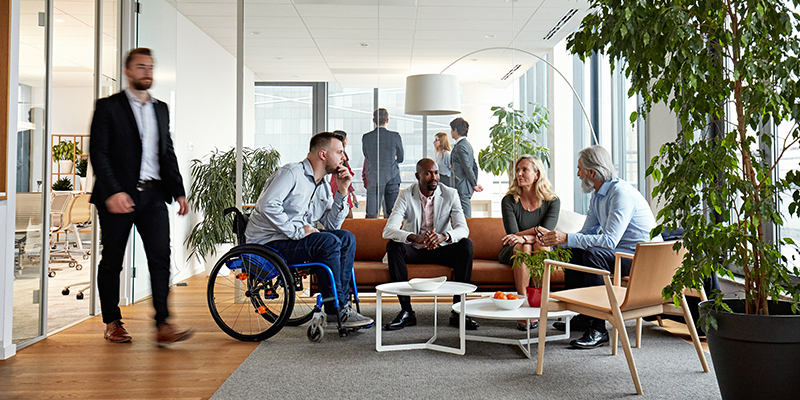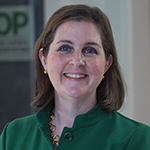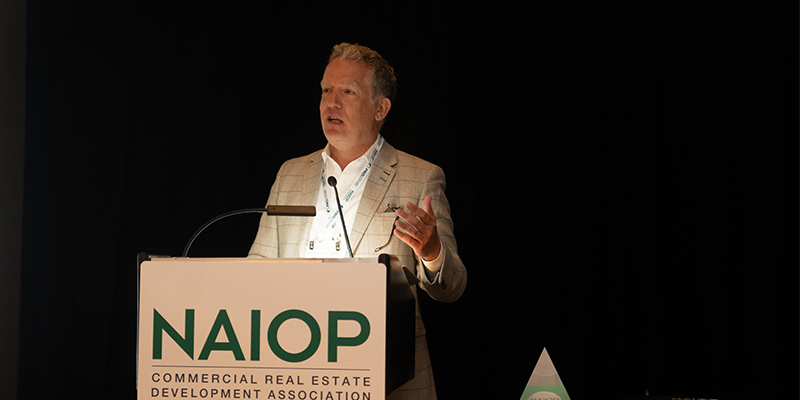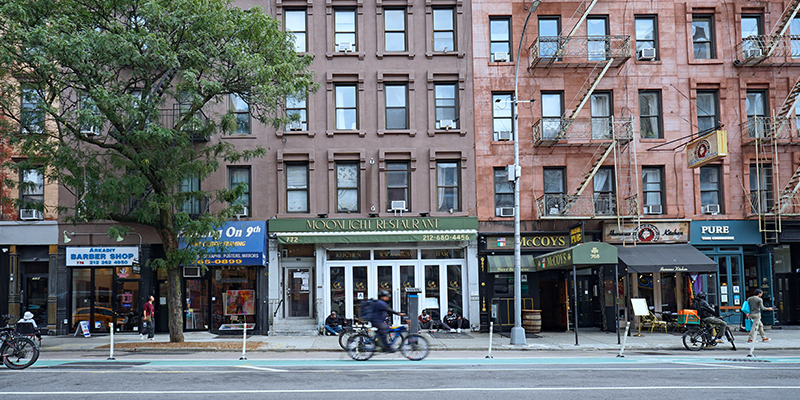How we think about work and the workplace going forward has changed, explains Kristin Jensen, AIA, principal and co-managing director, Gensler, in a new video. “Work” and “place” have been decoupled, and work can happen anywhere. Cubicle rows and private offices are replaced by open spaces and shared workstations used by different employees depending on the day of the week.
The challenge for employers as more workers return to the office is how to re-integrate teams – many of which haven’t been together in-person for two years – and create spaces that inspire workers to collaborate and succeed.
Reimagined office spaces may have a more casual, residential feel, with comfortable furniture options and funky wallpapers and fabrics in pops of color replacing traditional gray and beige. Office technology will also be boosted, with faster connections and higher quality cameras and microphones to make virtual meetings (sorry, these are here to stay!) better. Bringing the outdoors in with greenery and natural light – or creating outdoor work environments with tech-enabled seating and ample Wi-Fi – keeps a focus on healthy living and flexibility.
Work Design Magazine says a new approach to office design can result in higher employee efficiency. “By eliminating the concept of the workstation as property, a company encourages employees to consider more deeply what they’re doing with their hours in the office. Without the ‘safe space’ of their desk, they must plan their day better, communicate more frequently and clearly with colleagues, and be more accountable for their time.”
Office interiors aren’t the only place being reimagined – companies in central business districts are “right-sizing” the amount of office space they need for a hybrid workforce. Peak office attendance in San Francisco’s downtown has shifted to Tuesday through Thursday, leaving restaurants, dry cleaners and other services with lighter business off-peak. This has city leaders thinking about how they can attract more patrons to the area during off-peak hours like evenings and weekends with more nightlife options and converting spaces into mixed-use centers that include housing.








